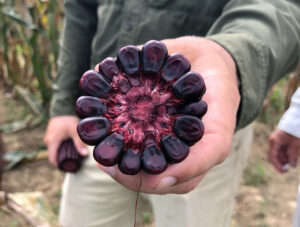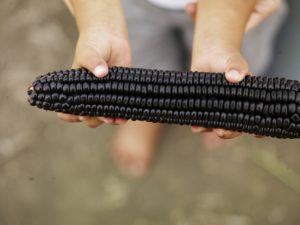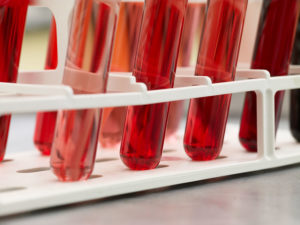An Amaize®ing Story
back to the learning centerSeed to Sip
Amaize® is a natural color that can provide some stunning shades of red and has a fully transparent supply chain! But be careful… this seed to sip story can be pretty powerful!
Related posts
Podcast: Amaize® Red
Amaize® RedFrom corn to color and beyond Speakers: Jason Armao, SVP Science & Innovation and Karim Ben Hassan, Senior Research Development Scientist for Sense Colour In this episode, we'll be unveiling the power of Amaize® Red, a groundbreaking natural
3 Natural Replacements for Red No. 3
California has recently passed a bill that will ban the use of Erythrosine, or FD&C Red No. 3 in foods and beverages. In this article we'll discuss why the ban matters, and review some of the best natural replacement options for Red No. 3. How the Ban
Alternatives to Carmine
Cochineal and carmine are natural colors extracted from the cactus-dwelling cochineal insect that is native to Latin America. Depending on the method of extraction, they can range in hue from orange to red to purple. They have excellent heat, light, and pH
Amaize® Red:
A New Anthocyanin Source
Red from Purple Corn Introducing a simple label red color from anthocyanins that has a completely transparent supply chain from seed to sale: Amaize® red from purple
How Much Do Natural Colors Cost?
The cost of natural colors varies, especially when compared to synthetics. Caramel colors, for example, are on the low end of the spectrum because they are made from raw materials (corn, wheat, sugar cane) that can be grown on a large scale, while
Why Do Anthocyanins
Change Color
What are anthocyanins? Before we dive into why anthocyanins change color, it's important to know what they are. Anthocyanins are natural, water soluble pigments responsible for the blue, purple, pink, and red colors in many fruit and vegetable sources. In






